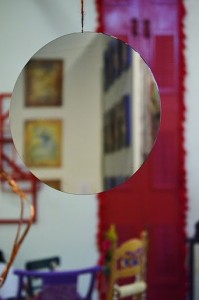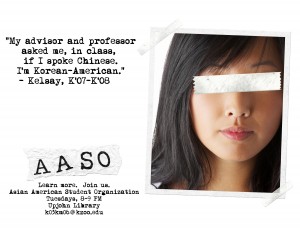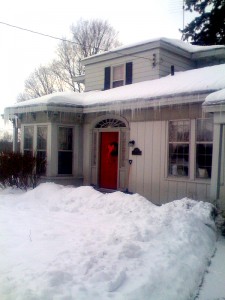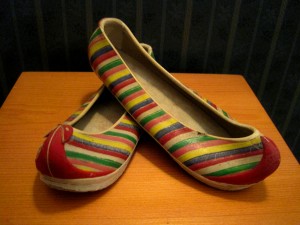Throughout the months of April and May, we’ve been posting on Monday mornings to share audio recordings of poems that have moved, challenged, or stuck with us each week. Today, for the final installment of this series, we’re featuring a recording of Sun Yung Shin’s “Until the Twenty-Second Century” (from her book Skirt Full of Black). This is a poem about markers of time’s passage (which seems appropriate for both the end of APIA Month and the turn of the seasons from spring to fall), and I love the way that the imagery in it knits together points of turning—seams, horizons, borders, crossings, passings. The mapping of routes, from one century to the next, is evoked through the image of Hansel’s leaving of crumbs throughout the forest—a serially impermanent gesture—and yet is transformed and darkly transmuted in the course of telling: crumbs become rocks, which, in turn, are what the birds consume:
I laid my motherhood along the beginning of the skyline of the twenty-first century
Like Hansel’s pebbles
They will balance on the sky’s uneven floor
Until I retrace and pick them up, lining my pockets
Or they, as rocks have done, are mistaken for food
And yet there is a transcendent timelessness that ultimately comes to the surface of the poem. Shin’s speaker makes a pact to meet the “you” in one hundred years, after she has “consign[ed her] bones to a place / That is neither trail nor time,” and the last few stanzas see the speaker’s making a sort of post-mortem marriage vow on on her own, gender-bending terms: she invites the “you” with the promise of a ring (a rather grisly one carved from her own flesh, no less—perhaps an ironic comment upon the consumable nature of Hansel’s body in the fairytale?); she creates a map and tells the “you” to wait while she charts his or her course—she who is, who has been, Hansel, mapmaker and leader of the quest. By poem’s end, the speaker’s voice has become feathered over, layered thickly (if unevenly) with the wisdom of the ages; it becomes sage-like, almost omniscient. We exit the poem with a sense that each new point of turning may, in fact, not be so different from the last: routes and maps will always be imperfect, truncated, in need of constant re-projection; borders will always be translucent (though physically impermeable) seams at which we must shed one layer of ourselves in order to step across and don a new skin on the other side.
Sun Yung Shin reads “Until the Twenty-Second Century” (via the From the Fishouse archives).
To listen to the recording, click through and then hit “play” on the grey bar next to the ear icon at the top of the page.
Thanks for sticking with us for this series during the past couple of months.
Happy Monday, Happy Memorial Day, and Happy [unofficial beginning of] Summer!
– Iris & Mia




